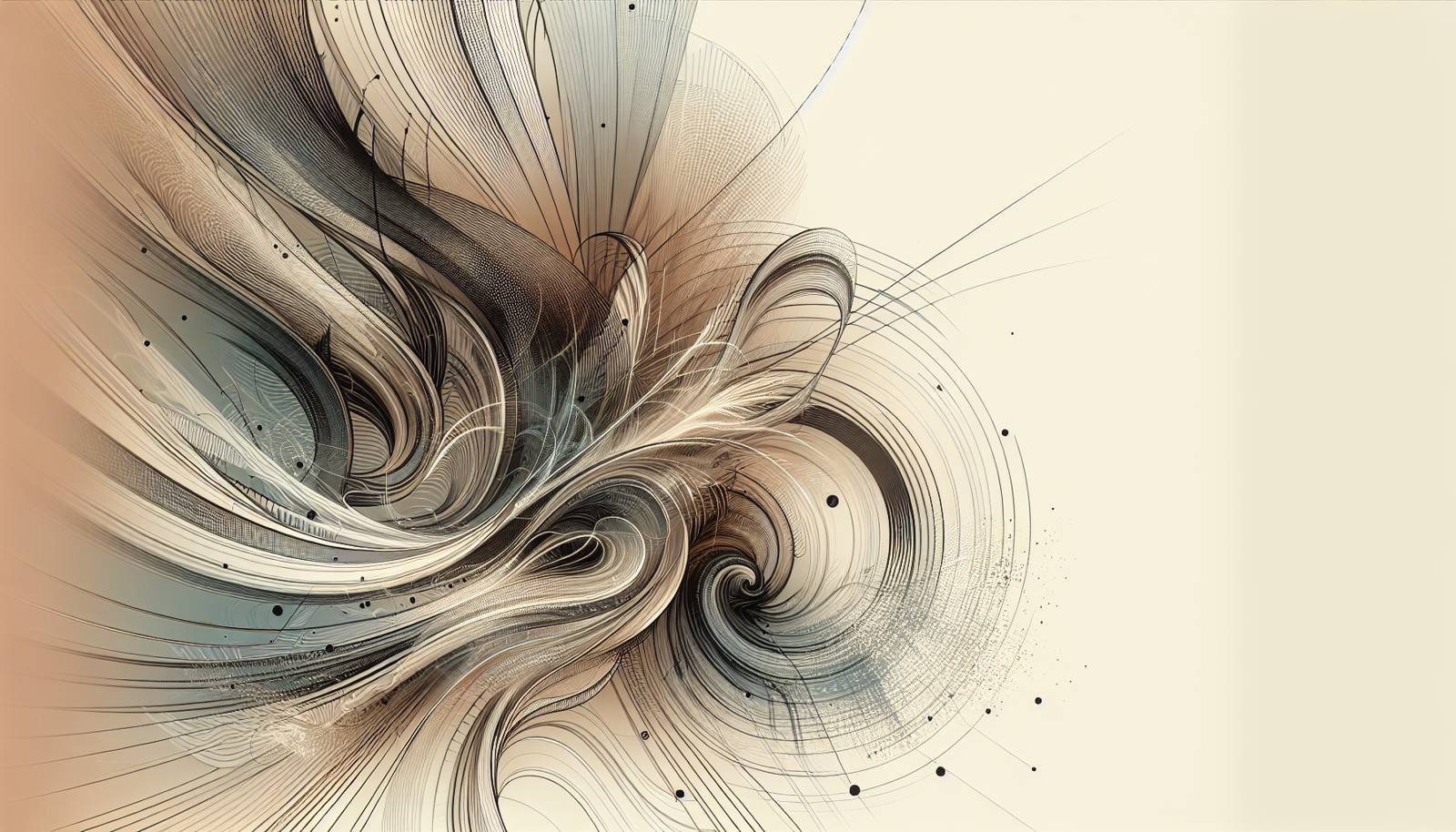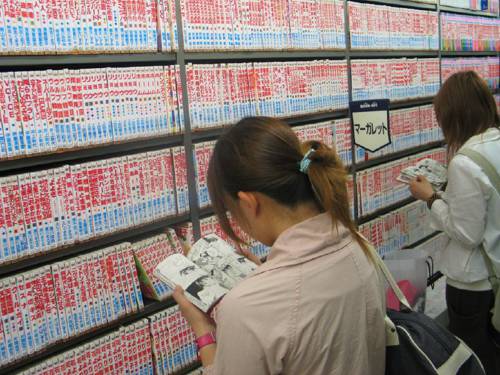
FAQ About The Impact of Western Comics on Japanese Manga

How did Western comics initially influence Japanese manga?
Western comics began influencing Japanese manga during the late 19th to early 20th century, when Western publications and culture started to reach Japan. Artists like Osamu Tezuka, often called the 'God of Manga,' cited Disney films and American comics as significant influences in terms of narrative style and character design. The exaggerated features and cinematic storytelling found in Western comics were adapted and evolved in Japanese manga.

What are some specific elements of Western comics that can be seen in Japanese manga?
One of the most notable elements from Western comics visible in Japanese manga is the use of dynamic panel layouts and expressive character designs. Additionally, the use of serialized storytelling and continuity across issues, a staple of Western superhero comics, influenced how manga series are structured today. Also, humor and satire from early Western comics have been integrated into many manga genres.

Which Japanese manga creators were most influenced by Western comics?
Osamu Tezuka is one of the most prominent Japanese manga creators heavily influenced by Western comics. His work was shaped by Disney and others, and he pioneered many storytelling techniques in manga that mimic cinematic styles. Other artists, like Leiji Matsumoto and Go Nagai, have cited the influence of Western comics in creating broader story arcs and complex characters.

Did the influence of Western comics on manga decrease over time?
While the direct influence of Western comics on manga has evolved, it has not necessarily decreased. Instead, it has integrated more deeply into the fabric of manga storytelling and art style. Over time, manga developed its own identity, but elements like superhero archetypes, episodic narratives, and certain stylistic choices remain prevalent, showing a sustained, albeit transformed, influence.

How did World War II affect the relationship between Western comics and Japanese manga?
World War II had a significant impact on cultural exchanges between the West and Japan. During the post-war occupation of Japan by Allied forces, Western culture, including comics, became more accessible. This period saw many Japanese artists exposed to American superhero comics and Disney animations, which became a source of inspiration for the burgeoning manga industry.

Are there any manga that directly homage or parody Western comics?
Yes, there are manga that pay homage to or parody Western comics. For example, 'One Punch Man' parodies superhero themes commonly found in American comics. Works like 'Big Hero 6,' adapted by manga artist Haruki Ueno, show the reciprocal influence and homage between the two art forms.

What role did Disney animations play in the development of Japanese manga?
Disney animations played a crucial role in shaping Japanese manga, especially in the early stages of its development. The introduction of storytelling through vibrant animation and the use of characters with expressive facial features were adopted by manga creators like Osamu Tezuka. This led to a new wave of manga that emphasized emotional expression and visual storytelling akin to animated features.

How do panel layouts in Western comics compare to those in Japanese manga?
Western comics traditionally emphasize varied and dynamic panel layouts to represent movement and action, which influenced Japanese manga to develop its own unique techniques. Manga often uses vertical and horizontal page compositions to control pacing and drama. While Western panel style greatly influenced manga's early development, manga now shows more flexibility in panel layout to convey mood and timing effectively.

Why are some manga artists referred to as the "Gods of Manga"?
Artists like Osamu Tezuka are referred to as the "Gods of Manga" because of their pioneering contributions to the art form. Influenced by Western comics, Tezuka and others introduced complex storytelling, diverse genres, and artistic techniques that revolutionized manga. Their integration of Western comic styles and dedication to evolving manga narratives have left a lasting legacy on the industry.

Did Japanese manga influence Western comics in return?
Yes, Japanese manga has significantly influenced Western comics beginning in the late 20th century. This cultural exchange led to changes in comic art styles, storytelling techniques, and themes explored within Western comics. Many Western artists have adopted manga's expressive character designs and dramatic storytelling methods, leading to a hybridization of styles.

How did early Japanese manga distinguish itself from Western comics?
Early Japanese manga distinguished itself by integrating native cultural themes, storytelling styles, and artistic techniques while adapting elements from Western comics. Over time, manga developed its episodic structure, distinct art style, and genre diversity, setting it apart as a unique narrative form separate from Western comics, despite their initial influence.

Do modern manga creators still look to Western comics for inspiration?
While modern manga has established itself as a distinct art form, some contemporary creators continue to draw inspiration from Western comics. This is especially apparent in genres like action and superhero manga, where themes and artistic styles may mirror Western counterparts. The ongoing exchange of ideas between manga and Western comics continues to enrich both industries.

In what ways have Western comic conventions evolved in Japanese manga?
Western comic conventions, such as episodic storytelling and character archetypes, have evolved within Japanese manga by being reinterpreted through a Japanese cultural lens. Manga tends to focus more on character development and emotional depth, blending Western techniques with Japanese traditional storytelling, leading to a hybrid art form that incorporates diverse influences.

What impact did illustrated weeklies have on Japanese manga?
Illustrated weeklies, popularized in the West, influenced the serialization and periodic format of Japanese manga publications. This allowed manga to reach broader audiences regularly and facilitated the development of longer, continuous storylines that have become characteristic of the art form today.

Has the art style of Japanese manga evolved to be more similar to Western comics over time?
The art style of Japanese manga has evolved over time, incorporating certain elements from Western comics, such as dynamic poses and expressive facial features. However, manga has maintained a distinct aesthetic characterized by diverse art styles, unique panel arrangements, and storytelling techniques that differentiate it from Western comics.

What were the major Western comic influences on Japanese manga post-World War II?
Post-World War II, major Western comic influences on Japanese manga included superhero comics and Disney animations. During the U.S. occupation of Japan, these media became more accessible, leading to Japanese adaptations featuring similar themes of heroism, adventure, and fantastical elements, which shaped the future of manga storytelling.

How has the portrayal of superheroes in manga been influenced by Western comics?
The portrayal of superheroes in manga has been influenced by Western comics through the incorporation of heroic archetypes, moral dilemmas, and action-packed narratives common in Western superhero genres. However, manga often infuses these with uniquely Japanese cultural contexts, character depth, and storytelling styles, resulting in a different interpretation of the superhero concept.

Does the Western influence on manga impact its global appeal?
The Western influence on manga has contributed to its global appeal by incorporating familiar narrative structures and themes appreciated worldwide. This cultural amalgamation makes manga accessible to a broad audience, helping it resonate with both Eastern and Western readers, thereby enhancing its popularity and acceptance globally.

How do Japanese mangas compare in popularity to Western comics globally?
Japanese manga is highly popular globally, often surpassing Western comics in terms of readership, especially with the rise of digital platforms and translation accessibility. Manga's diverse genres, emotionally engaging storytelling, and unique art style have garnered a dedicated international fanbase, making it a significant cultural export from Japan.
